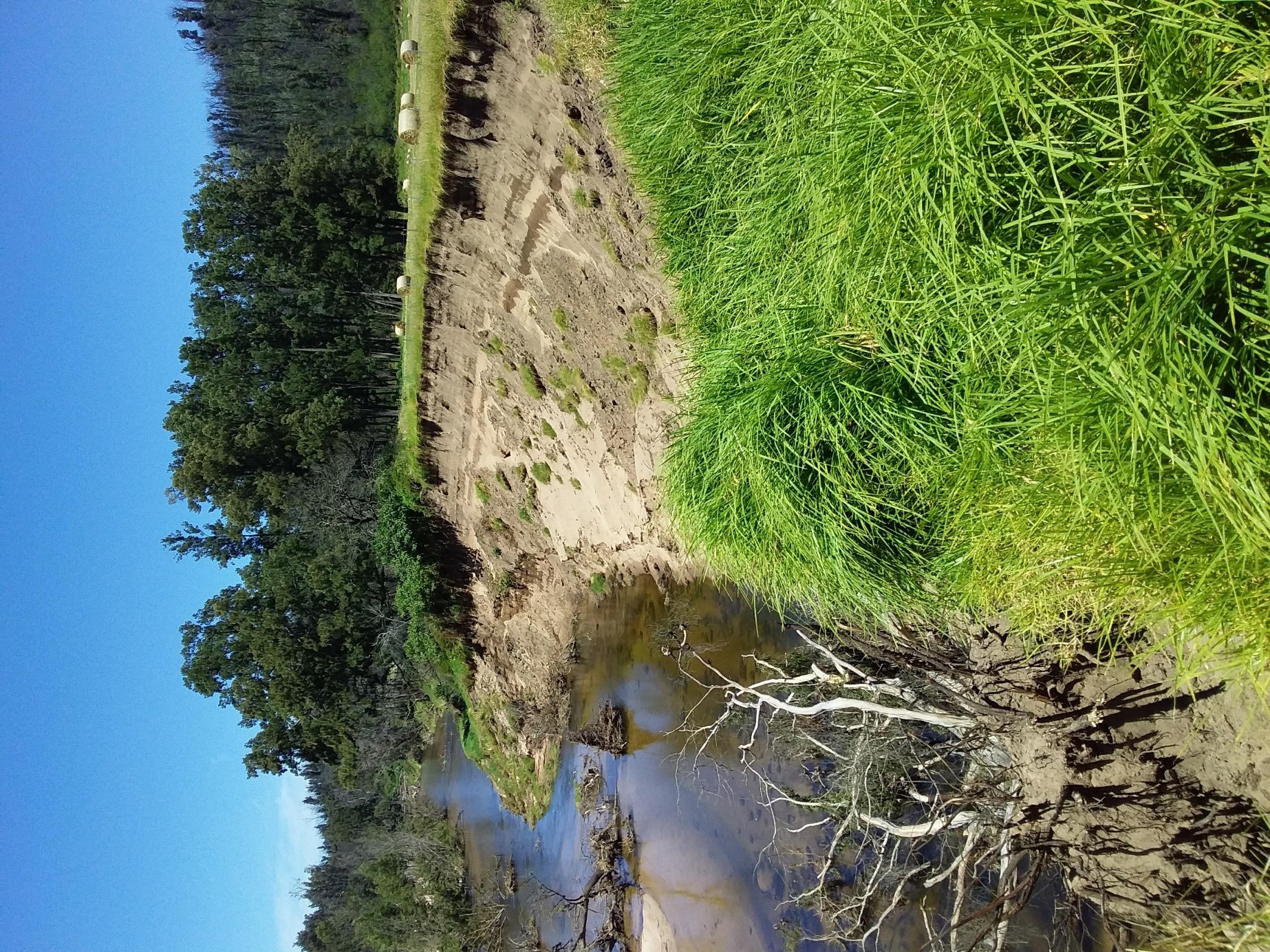Caring for our endangered fish post 2020 bushfires
11 Feb 2022
South East Local Land Services, with support from the NSW Government’s Regional Land Partnerships Program, has begun rehabilitation works in areas considered as habitat for the Australian Grayling which is listed as a threatened species. The Australian Grayling species spends its first 4-6 months out at sea after the female lays its eggs near the tidal limit, it then migrates back into the freshwater reaches for the rest of its 3-5 year life expectancy. The species has seen a huge decline in population since European settlement. Threats include degradation of habitat, large sedimentation events, fish passage barriers and broader effects like flooding events, increased temperatures, and disease epidemics.
Landholders within the Eurobodalla region had expressed concerns about the state of the waterways on their properties post 2020 bushfires, leading to a collaboration with Local Land Services to reinstate vegetation and improve water quality throughout the catchment regions all which will improve habitat for the Australian Grayling. Local Land Services has also partnered with the NSW Department of Primary Industries (NSW DPI) Fisheries to undertake a large scale monitoring program for the threatened species.
Works that will improve habitat include sediment reduction through erosion works and revegetation. These projects will occur on the Clyde, Deua and Tuross River systems, all of which are considered to contain intact Australian Grayling habitat.
Landowner Melissa Spry was extremely concerned after tons of sediment were lost from her river-bank on the Tuross River from the multiple floods immediately following the 2020 fires. Works will now occur on her property to try to stabilise the river bank and prevent further erosion.
Ms Spry said, “After the 2020 fires, all but the largest trees along the riverbank on our property were1gone. The floods that followed saw our riverbank severely erode due to the lack of vegetation and subsequent instability. I watched trees fall and be carried away in the large floods, many which were already mature trees when I was a child. I have never seen as many changes in the river as we have since the fires and floods.
Local Land Services is hoping to provide a low disturbance rehabilitation method that will see the river-bank rehabilitate over time as works build sediment and stabilise the bank. The current issue on Ms Spry’s river frontage requires multiple inputs, with the assistance of Soil Conservation Service to provide a sound method for rehabilitation. Eurobodalla Shire Council will also assist with funding and provide a local Landcare group to reinstate vegetation surrounding the bank.
Ms Spry stated “It is so wonderful for our family, the property, the river and the environment that we are getting this support from Local Land Services. Without the support and funding from these types of programs, there is no way that we could address these issues.”
NSW DPI – Fisheries has begun monitoring for the Australian Grayling species with the monitoring of 5 sites within each river system. Surveys consist of a combination of electrofishing, bait trap and fyke net. Sites have been determined based on rehabilitation locations, historic sampling sites and predicted range of grayling. Environmental DNA surveys will be conducted at sites within each river system and will occur through simply taking random water samples in areas considered as habitat, DNA of the species and other threatened species can be easily identified through these water samples.
Currently little is known about the threatened Australian Grayling but through on-ground monitoring more can be understood about the flow-on effects from the bushfires and floods, focusing on the threatened species and also the impact of fire within these aquatic environments.
Local Land Services Officer Byron Dale has stated “it's great to see landowners coming to us to rehabilitate the waterways as our catchments have seen a huge increase in sediment, erosion and weeds. Improving riparian vegetation can have a positive impact on the aquatic and land based habitats. I look forward to working with landowners and seeing the results of our work through the funding provided.”
This project has been funded by the NSW Regional Land Partnerships Program: Australian Grayling with contributions from Eurobodalla Shire Council.

Photo caption: Large erosion issue on Ms Spry’s property on the Tuross River.